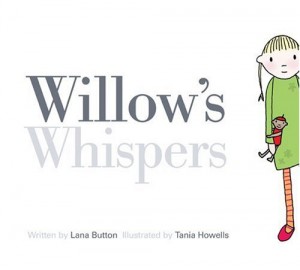Story … Narrative … Imaginative … Creative …At the beginning of your story writing unit, have students write a story and assess using a narrative quick scale (see assessment tab above for student-friendly rubrics). Use this assessment to inform your instruction. As you explicitly teach each mini-lessons like those below, assess again, providing students with descriptive feedback regarding their progress. When students see their progress on a highlighted rubric, they are motivated to continue. |
|||
| Book Title/Cover | Memoir Overview | Objective | Lesson Links & Black Line Masters |
 |
One day, a line met a dot… and they decided to play together! Line and Dot create bold and brand new things by including a diverse group of friends—and they ffound creating together is even more fun. | Through discussion, students will discover rich themes in this book including the importance of accepting, learning from, and living peacefully through individuality, differences, and diversity. Through an exploration of art and capturing mindful quotations, Line and Dot will lead student towards the importance of mutual respect and cooperation. | Writing Trait: Ideas |
 |
These books have been carefully selected for their use of sensory language. | The link to this lesson will actually take you to a series of lessons that repeat themselves. In this way, students get lots of practice adding sensory language to their writing. Student self-assessment strategies are included. | Writing Trait: Ideas
How do I get my students to add sensory details to their writing? |
 |
Willow wants to be heard, but her tiny voice means that she is often left out. Does Willow find her voice? Read this delightful book to find out what happens. | Read Willow’s dialogue in a whisper and have a conversation about the voice trait. Students will fill out a SWBS graphic organizer to determine this story’s problem and solution. This prepares them to write stories that have clear ideas. | Writing Trait: Ideas |
 |
Art’s supplies have a mind of their own and come to life in the studio. This book is full of word play. “2B or not 2B? That is the question.” – asked by pencils of course! | This book has a great example of a dialogue lead that not only pulls the reader in, but it also hints at the problem yet to come. In this lesson, students search for other examples of picture books that begin with a lead. They’re hard to find, but worth the effort to model this clever writing skill. | Writing Trait: Voice
Highlighting dialogue leads ~ Art’s Supplies
|
 |
Get the tissue ready! Milo doesn’t see what’s so special about moms. After all, they are nothing more than brocoli bullies! But when Milo travels to another planet, he might just figure out their worth! | In this lesson, dialogue writing is explicitly taught. | Writing Traits: Voice & Conventions
Highlighting dialogue from Mars Needs Moms
|
 |
Missy isn’t keen on books, but with just the right book, Miss Brooks might be able to change that attitude. | In this lesson link, character flaws are examined as a way to create a problem for a story. | Writing Trait: Ideas |
 |
You can guess from the title what this book is about. But don’t let the simple title fool you. This is an excellent mentor text. | As you can see, there are several lessons posted for this book. That’s because it models all sorts of great literary examples such as: lead, ending, setting description and similes. Read aloud and discuss its merits with your students. | Writing Trait: Word Choice
Writing Trait: Organization |
 |
Tish Farrell’s book is filled with inspirational writing tips, entertaining graphics and interesting examples. | In this lesson, students will work in groups gathering Farrell’s writing tips, then present in a variety of forms to the class. | Be a Creative Writer |
 |
Follow the daily events told from the perspective of a goldfish. When living conditions become too crowded, will this goldfish enjoy his new, quiet surroundings? | In this lesson, students write diary entries pretending they are a house pet, farm or zoo animal that is dealing with an environmental issue. | Writing Traits: Voice and Ideas
|
 |
Talk about voice! This book is a fabulous read aloud to inform and inspire even the most reluctant writers. In Spilling Ink, two writers share their wisdom and are not afraid to break a few rules along the way. | Read aloud to your class during a story writing unit and have conversations about the craft of writing. | All Writing Traits |
